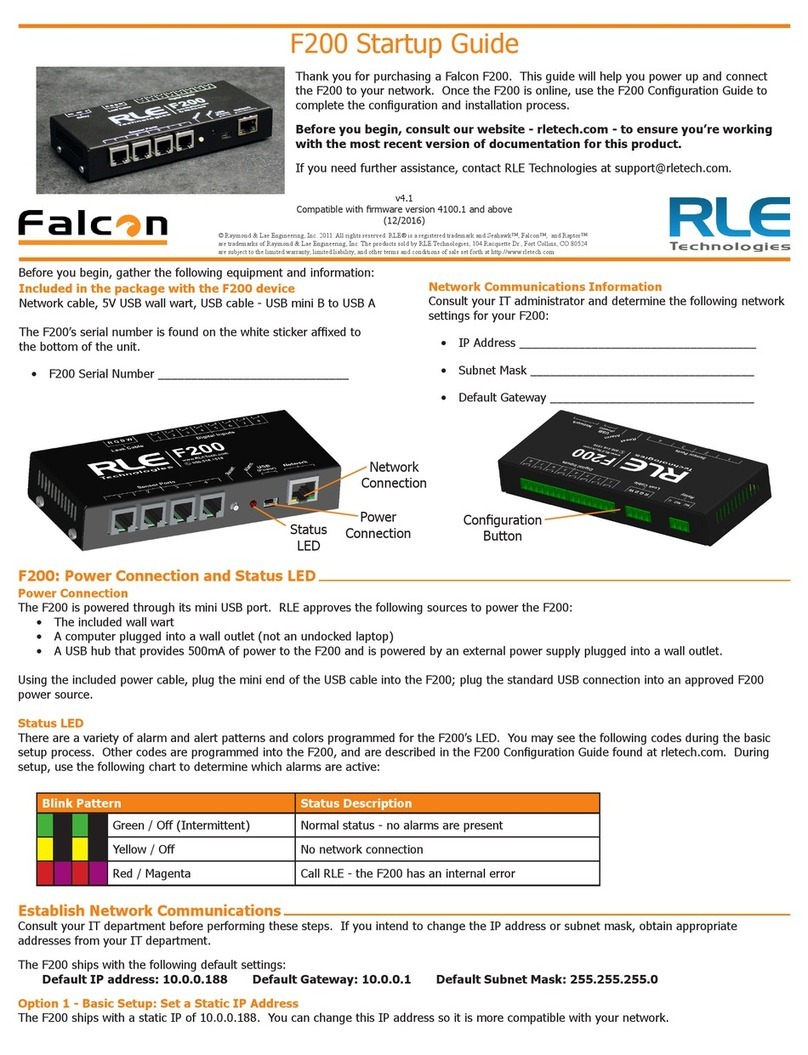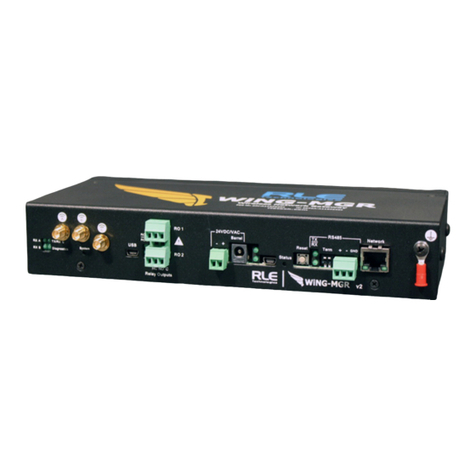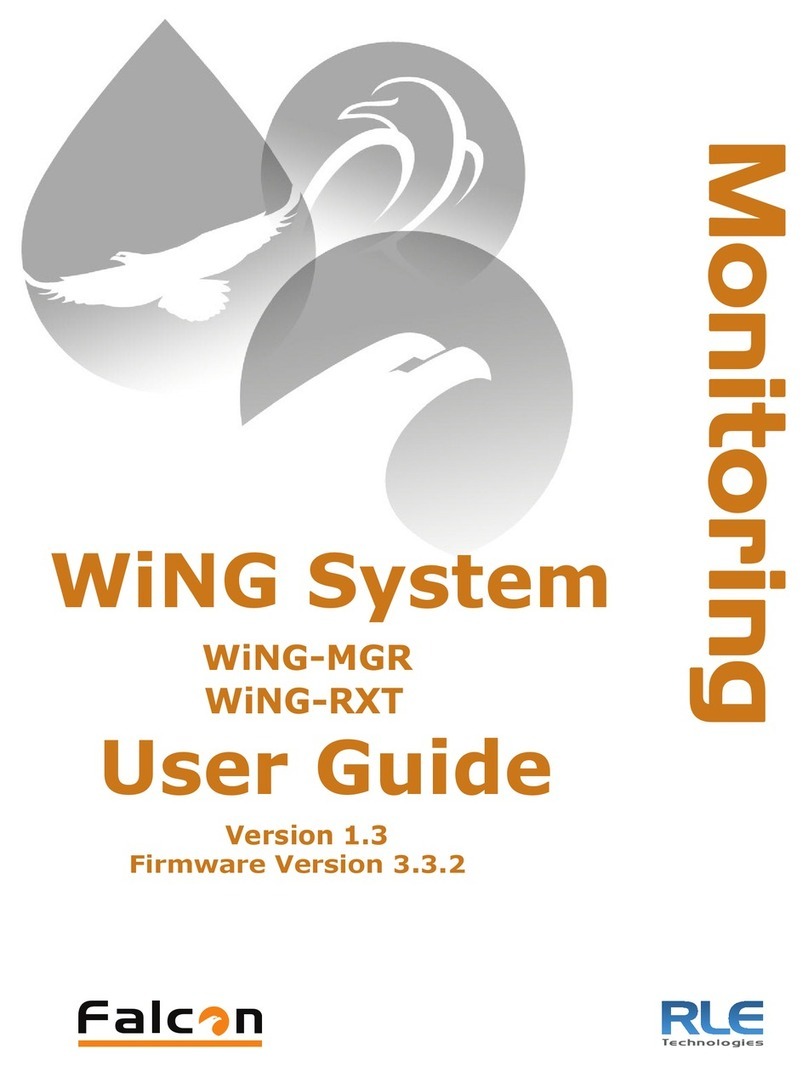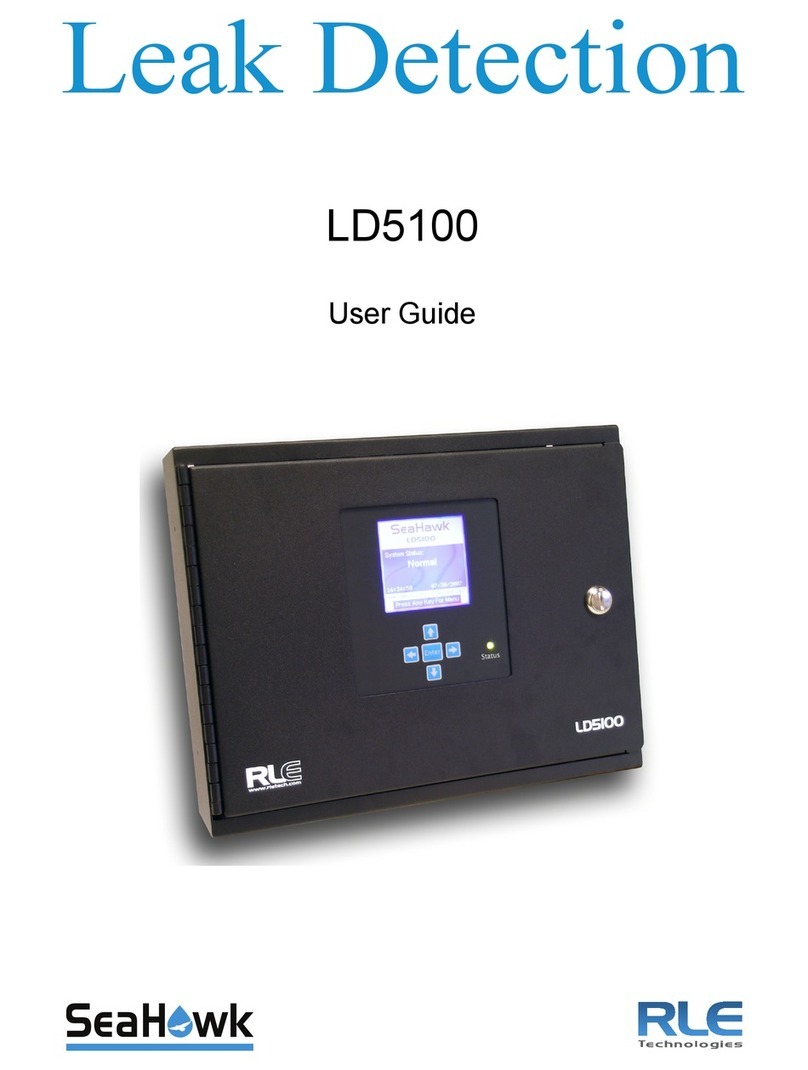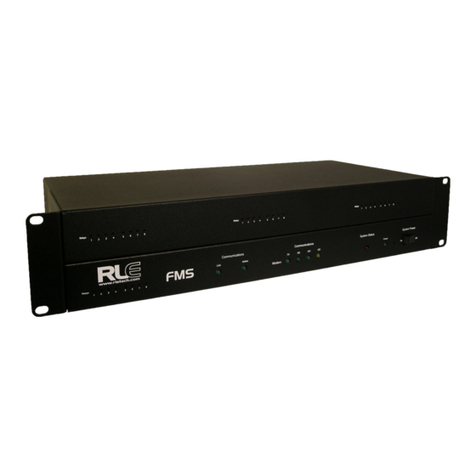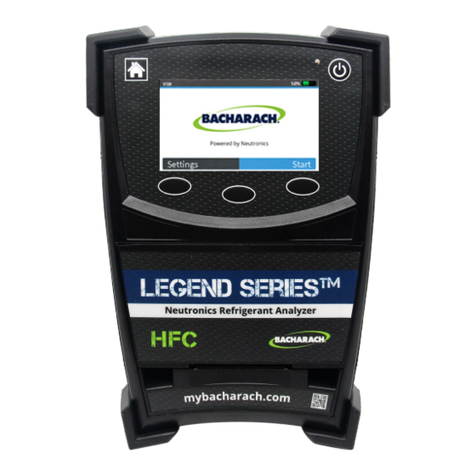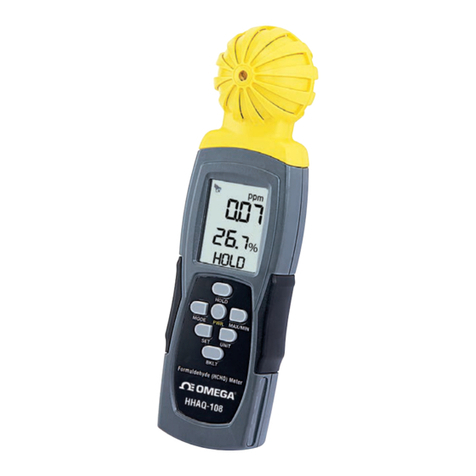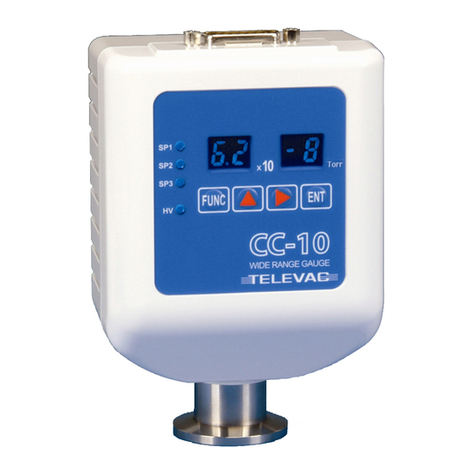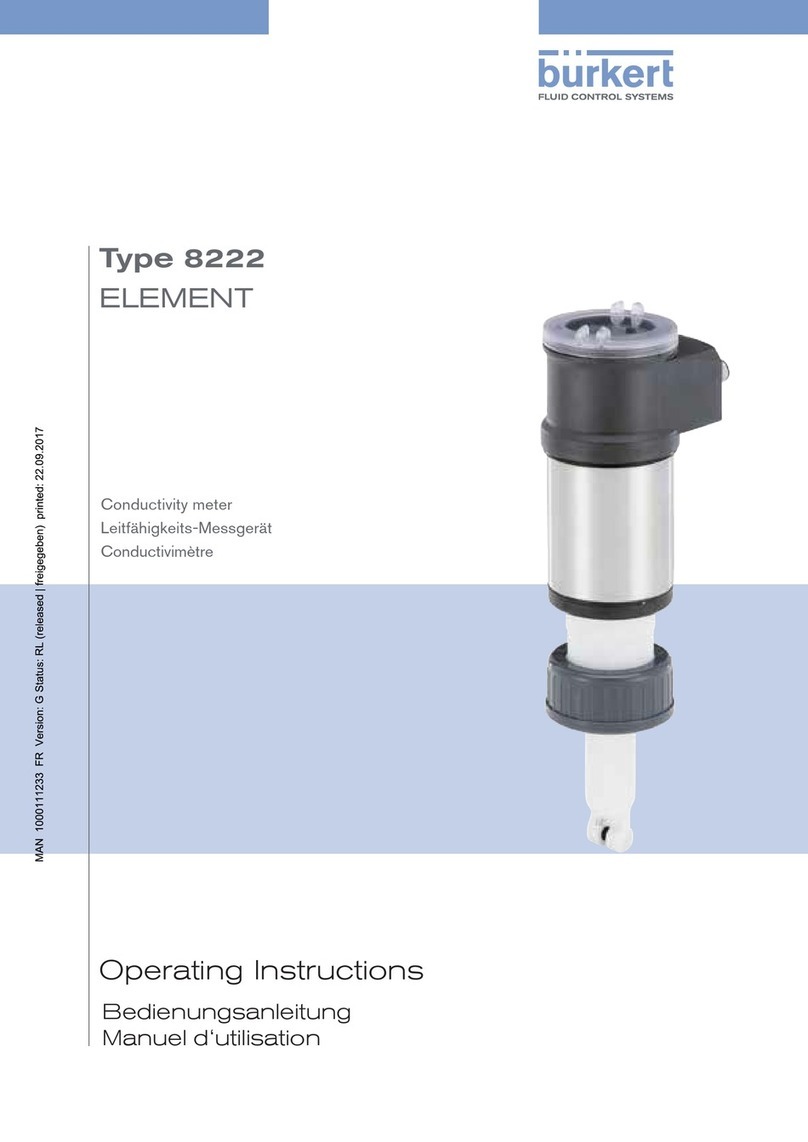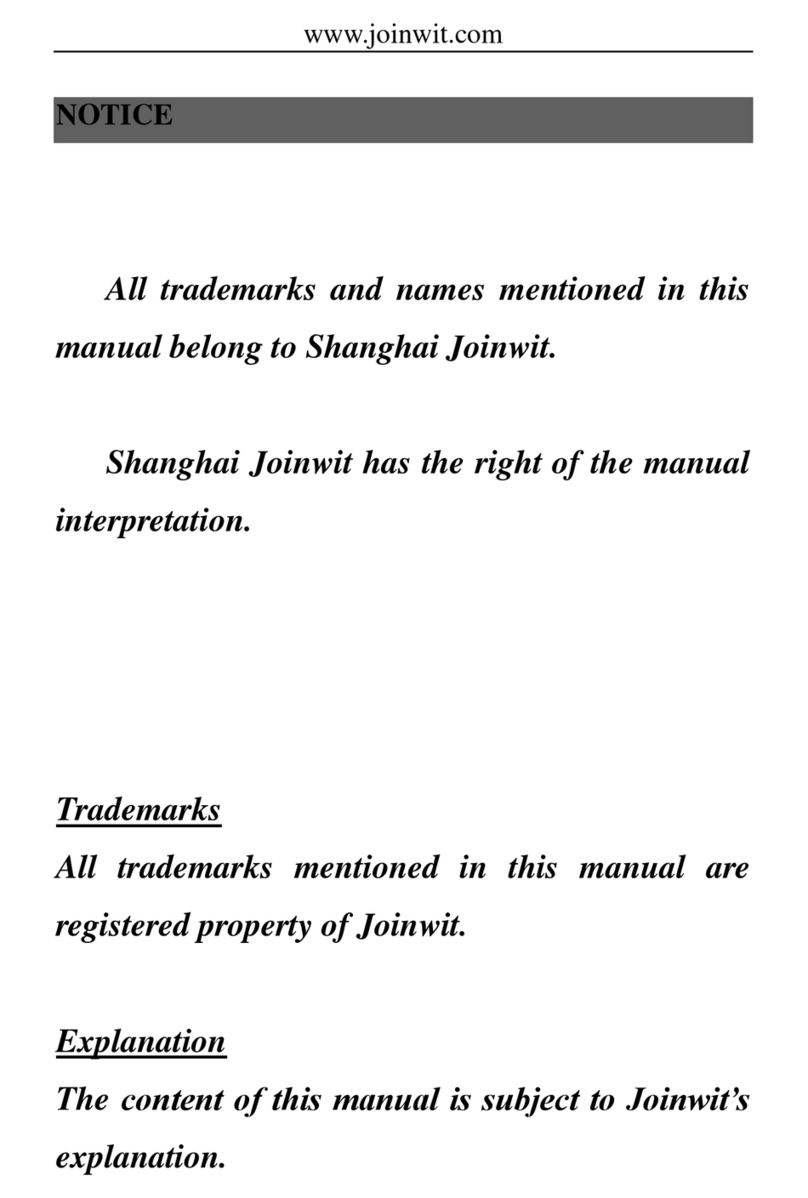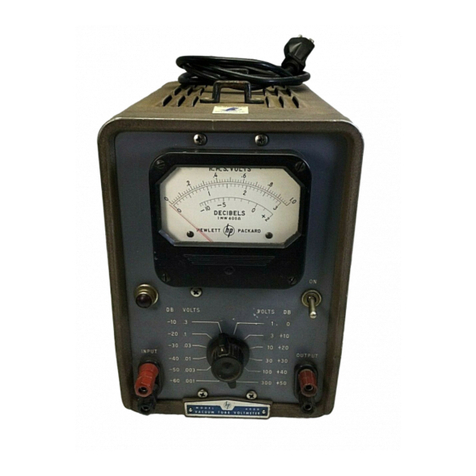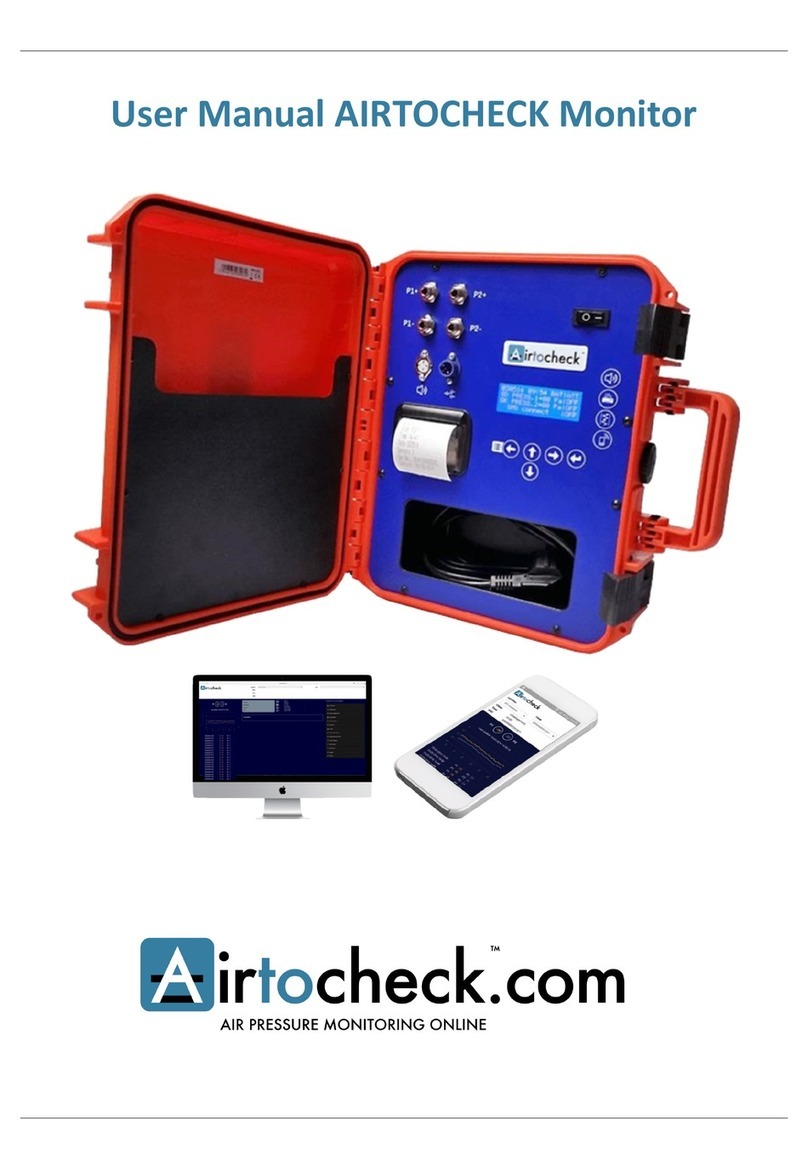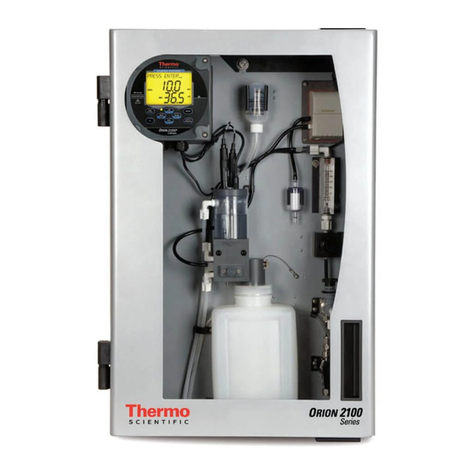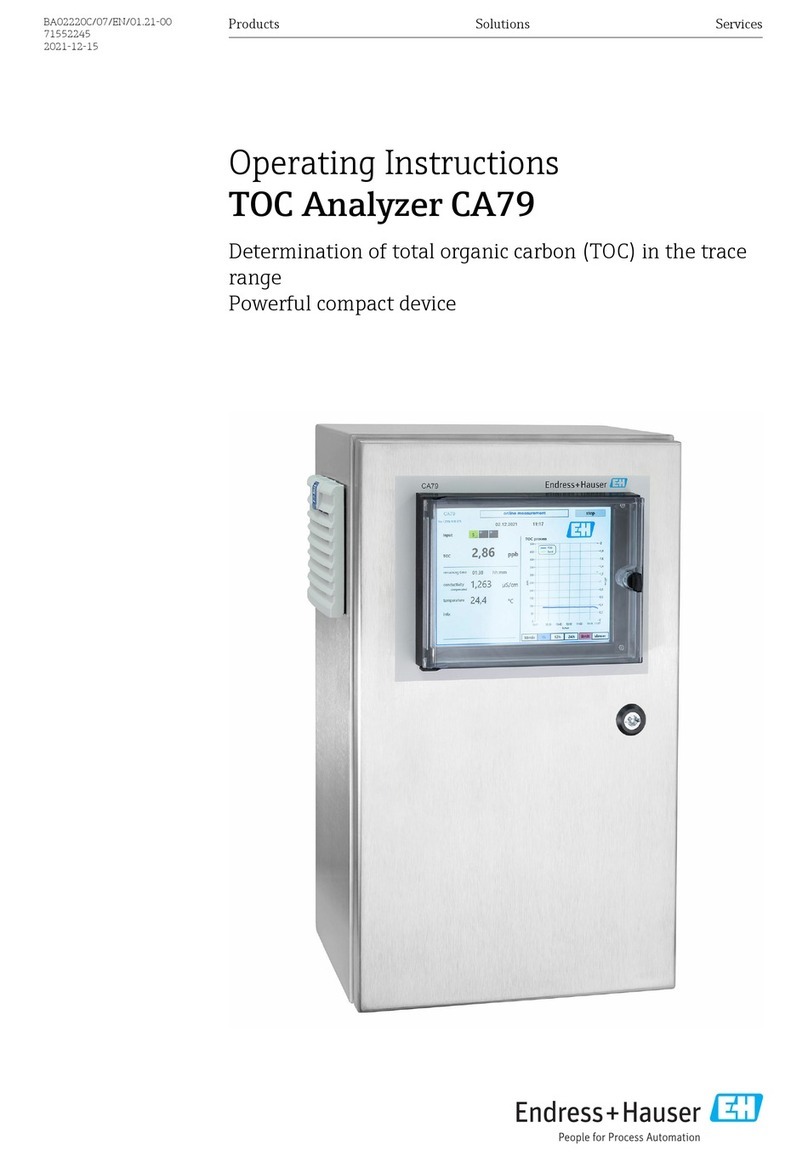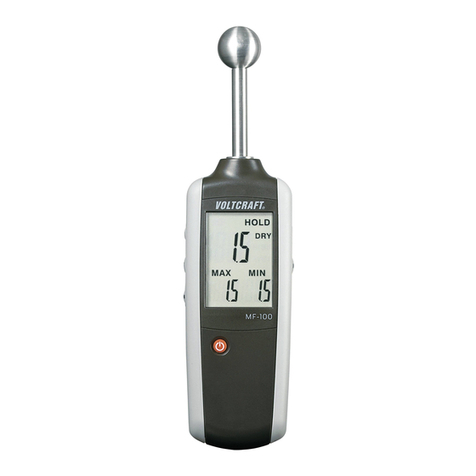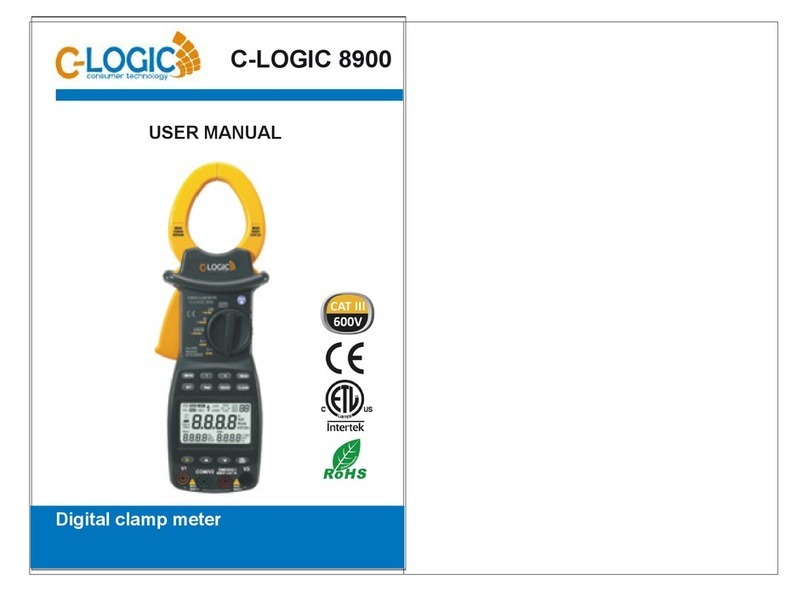
© Raymond & Lae Engineering, Inc. 2011. All rights reserved. RLE® is a registered trademark and Seahawk™, Falcon™, and Raptor™ are trademarks
of Raymond & Lae Engineering, Inc. The products sold by RLE Technologies, 104 Racquette Dr., Fort Collins, CO 80524 are subject to the limited
warranty, limited liability, and other terms and conditions of sale set forth at https://www.rletech.com.
Supplies for Installation
WiNG-CO2 Sensor
Small athead screwdriver
Installation Instructions
1. WiNG-CO2 sensors can only be seen by an RLE WiNG controller with the
following rmware requirements:
Device Minimum Required Firmware Version
WiNG-MGR v3.6.0
WiNG-MGR v2 v1.0.27
BMS-WiNG v3.2
If your device’s rmware is older than necessary, download the latest
rmware from the RLE website (rletech.com) and update your device.
2. Remove the lid from the sensor enclosure. The lid has one large tab at the
top and two small tabs at the bottom that secure it to the sensor base.
Squeeze the top of the lid to release the large tab. Pivot the top of lid out
from the base and gently separate the two bottom tabs from the base.
NOTE: The serial number is printed on a white label on the outside of the
sensor lid. The serial number is unique to each sensor and you will need to
refer to this number throughout the life span of the device.
3. Remove the circuit board from the base to expose the mounting holes.
Before you take it apart examine how the board ts into the base. You’ll have
to put it back into the base so make sure you have a clear understanding of
how it was assembled before you remove it.
4. To remove the board pull the circuit board clip out to relieve the tension that
holds the board in place. Angle the board up and then pull it to the right to
remove it from the base. Move the board slowly and gently to get it out of
the base without damaging any circuitry.
5. Secure the base in the desired location. Select a location for the transmitter,
keeping the following in mind:
• For best reception, mount the enclosure base as high o the oor as you
can with the most direct/clear line of sight to the controller.
• Do not mount the transmitter behind metal objects.
6. Put the circuit board back into the enclosure. Angle the board in under the
lip of the L brackets and as far down as it will go against the plastic pegs at
the bottom of the enclosure. Guide the board so it is parallel with the base.
Pull the circuit board clip out and push the board down until the board clip
securely snaps into place. The board is a very tight t in the enclosure. Work
slowly and gently so the board isn’t damaged.
7. Each WiNG-CO2 sensor must be congured for its environment during
deployment. The sensor will not operate properly until all steps of this initial
conguration procedure are completed:
a. Remove the batteries from the sensor. Wait 20 seconds for power to
dissipate.
b. Compensate for Altitude: Altitude has a signicant impact on CO2
readings - for example, a CO2 reading taken at 10,000ft will have a
measurement change of 44% from the same reading taken at sea
level. Each WiNG-CO2 must be congured to compensate for the
altitude of its location.
Use a small athead screwdriver to point the arrow of the rotary switch
to the setting that corresponds with the closest altitude setting:
Rotary Switch
Setting
Altitude (ft) Altitude (m) CO2 Measurement
Change (%)
0 0 0 0
1 500 153 3
2 1,000 305 5
3 1,500 458 7
4 2,000 610 10
5 2,500 763 12
6 3,000 915 15
7 3,500 1,068 17
8 4,000 1,220 19
WiNG-CO2 Quick Start Guide
Thank you for purchasing a WiNG-CO2 wireless sensor. Before you install
your device, consult rletech.com to ensure you’re working with the most
recent version of documentation available. If you need further assistance,
v06.21
